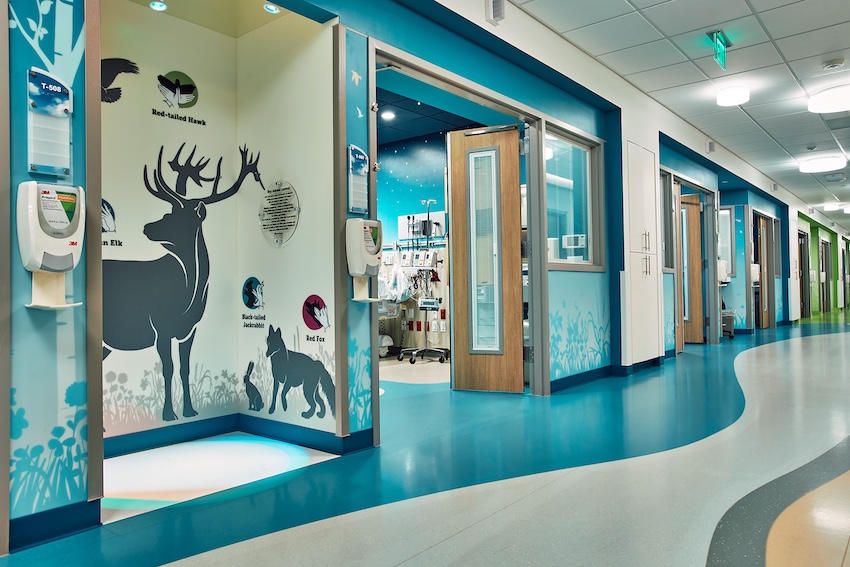Specifying Art to Support Occupant Health and Well-Being
The benefits of using art in architecture to support health and well-being
Sponsored by Inpro | By Andrew A. Hunt
Incorporating elements that promote biophilia into the built environment remains a hot topic in today's design world. Lessons learned post-pandemic have put the need to consider occupant well-being, especially mental and emotional health, into the forefront when designing interior spaces. More than a trend, offices, healthcare facilities, schools, and retail spaces all must consider how the built improved dayligting or bringing natural materials such as exposed wood and natural stone into spaces. However, biophila also includes the human element-specifically, art and human culture and history.
This presentation will explore how art can play a critical role in promoting healthy and productive spaces for occupants. By looking at the evolution of art in architecture, from cave paintings to frescos to modern murals, students will learn how the thoughtful incorporation of art can help improve the health and well-being of building occupants.

Photo courtesy of Inpro
Founded in 1979, Inpro® is a global provider of high-performance, design-forward architectural products for building professionals. Inpro's product categories include door + wall protection, washroom systems, expansion joint systems, cubicle curtain + privacy systems, elevator interiors, architectural signage, and commercial window treatments.
Originally published in Architectural Record
Originally published in June 2024
LEARNING OBJECTIVES
- Describe examples of art in architecture and how it has historically been used to impact the emotional condition of the occupant.
- Explain the concept of biophilia and how a biophilic design approach can support human health, well-being, and performance.
- List examples of art used in retail, hospitality, and health care environments that promote occupant well-being.
- Discuss the process involved to properly specify artwork in the built environment including sizing, print capabilities, and finish and material options.











